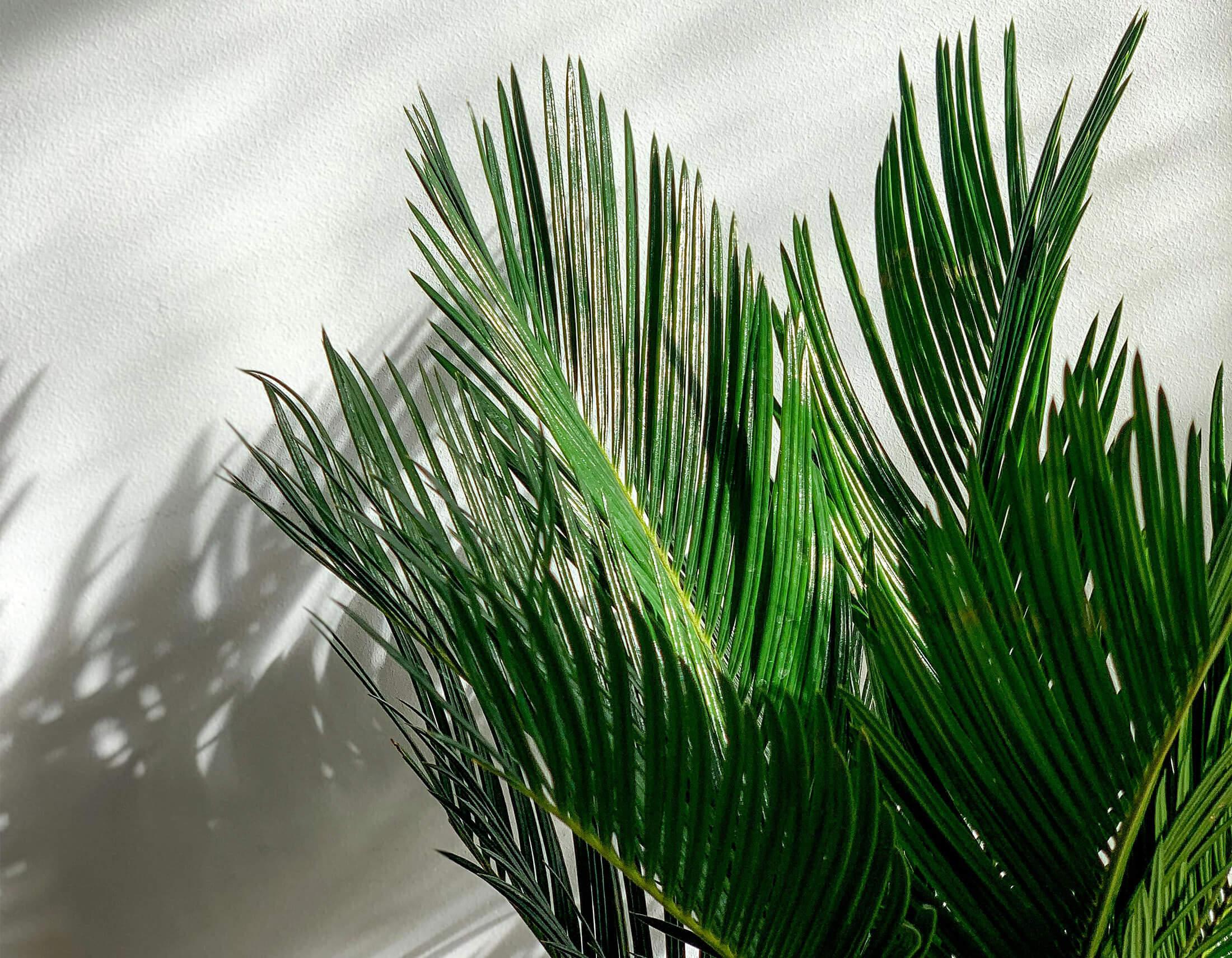
Sago palm (Cycas revoluta)
Sago palm, also known as Japanese sago palm, Sotetsu
The sago palm, often used for decorative purposes, is highly toxic and can cause severe symptoms such as vomiting, diarrhea, and headaches if ingested. It's crucial to keep this plant out of reach of pets and children, as it can be fatal if consumed, especially the seeds.
When handling a sago palm, always wear gloves to protect your skin from its sharp spines. Place the plant in a location with bright, indirect sunlight, and water it sparingly, allowing the soil to dry between waterings to prevent root rot. Ensure the pot has adequate drainage to avoid waterlogging and maintain the plant's health.
Key Facts About Sago palm
Attributes of Sago palm
Lifespan
Perennial
Plant Type
Shrub
Plant Height
3 m to 8 m
Spread
90 cm to 3 m
Leaf Color
Green Blue
Flower Size
8 cm to 15 cm
Flower Color
Yellow Brown
Scientific Classification of Sago palm
Phylum
Vascular plants
Class
Cycads
Order
Cycads
Family
Cycad
Genus
Cycas
Species
Sago palm
Toxicity
ingestion